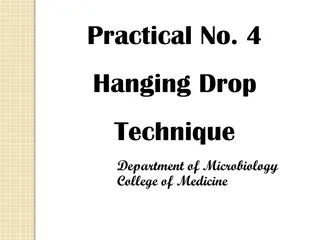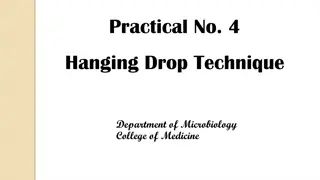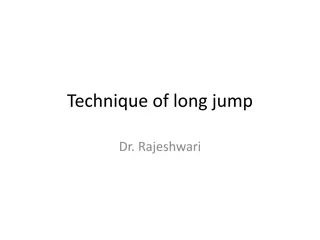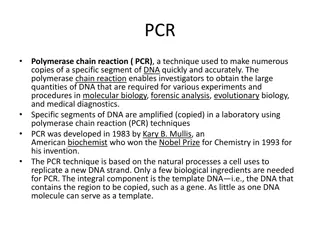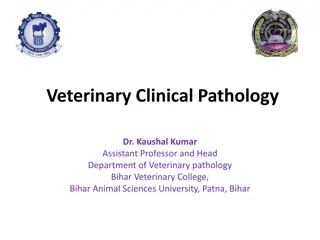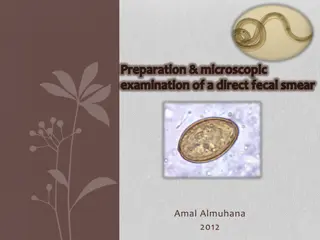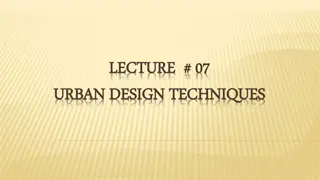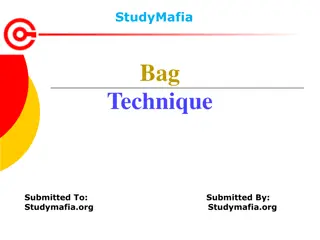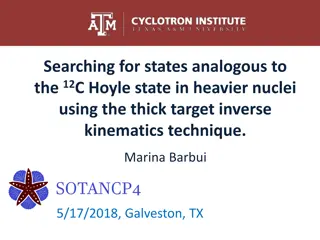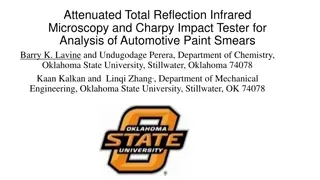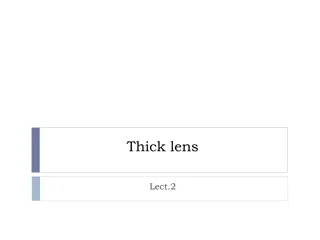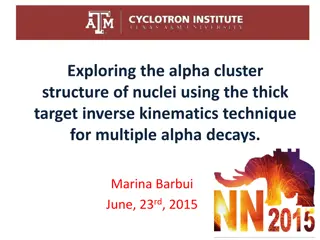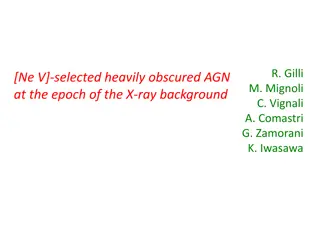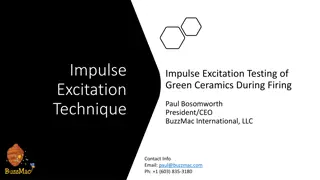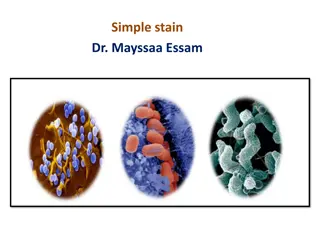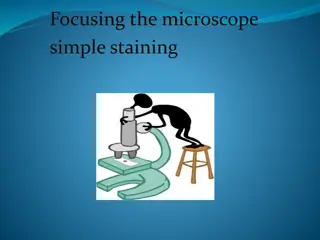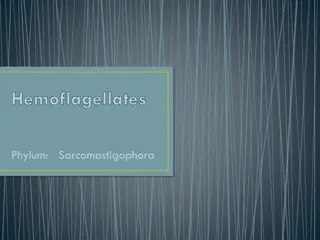Insights into the Kato and Miura Thick Smear Technique
In 1954, Kato and Miura introduced the cellophane thick-smear technique for direct fecal sampling, revolutionizing helminthic infection detection. This method evolved into the Kato-Katz technique, providing advantages like precise egg quantification but facing challenges with hookworm egg visualization. Field studies endorse modifications enhancing efficacy and cost-effectiveness. The procedure involves specific materials and meticulous preparation steps for accurate examination under a microscope.
Download Presentation

Please find below an Image/Link to download the presentation.
The content on the website is provided AS IS for your information and personal use only. It may not be sold, licensed, or shared on other websites without obtaining consent from the author.If you encounter any issues during the download, it is possible that the publisher has removed the file from their server.
You are allowed to download the files provided on this website for personal or commercial use, subject to the condition that they are used lawfully. All files are the property of their respective owners.
The content on the website is provided AS IS for your information and personal use only. It may not be sold, licensed, or shared on other websites without obtaining consent from the author.
E N D
Presentation Transcript
In 1954, Kato and Miura were the first tointroduce a new method, the cellophanethick-smear technique which involved a principle of direct fecal sampling (Kato and Miura,1954). It is different from the standard directsmear procedure in that a larger amount offecal sample is employed and cellophanestrips are used as cover slips instead of glass.After further refinement, the Kato thick smeartechnique, was adopted in control programsin Japan (Kato, 1960). A quantitative study of helminthic infections using the Kato method was initially carried out by Martin and Beaver in 1968 for thedetection of specific helminth eggs.
Advantages &Disadvantages Advantages N.B. The ideal time for observing Schistosoma eggs is 24 hrs after preparation except in bright sunlight , the slide will clear rapidly & can be examined. Ascaris & Trichuris eggs are visible at any time & hookworm eggs are visible 30 min after preparation . The kato- katz template delivers 41.7 mg of faeces . The number of eggs observed is multiplied by 24 to obtain the number of eggs per gm . of faeces.
Advantages &Disadvantages Advantages The aim of this paper is to show the appearanceof the helminth eggs when malachite green is replacedwith a stain comprised of nigrosin and eosin yellow informalin. Several field studies confirm the simplicity,quality, and cost effectiveness of the proposed modification . a visual reference of the results of the methodcan be useful to facilitate the recognition of parasite eggs by microscopists willing to adopt this methodology.
Advantages &Disadvantages Disadvantages Take time (The Kato-Katz methods require between 1 to 2 hoursbefore the glycerin clears the background of the stoolsmear on the slide for accurate visualization of mosthelminth eggs ) The major problem of the technique isthat few hours after the preparation of the slidehookworm eggs are difficult to recognize due to overclarification by glycerin .
Materials 1. Stool samples 2. Glass slides 3. Cellophane (25 30 mm) 4. 50% glycerol 5. a Piece of paper 6. Coverslips 7. Pipettes 8. Stick 9. Gloves 10. Microscope
Use Glass slides and Coverslips with hole Preparation Material
Transfer a small amount of faeces
Soak the cellophane strips (25 30 mm) in 50% glycerol malachite green Solution for at least 24 hrs before use. Transfer a small amount of faeces onto a piece of paper.
Press the screen on top of faecal specimen. Using a plastic spatula, scrap across the upper surface of the screen to sieve the faecal sample .
Transfer a small amount of the sieved faecal material into the hole of the template & carefully fill the hole. Level with the applicator stick.
Remove the template carefully so that all the faecal material is left on the slide &none is left sticking to the template.
Cover the faecal sample on the slide with the glycerol- soaked cellophane strip, wipe off excess glycerol with a small piece of toilet paper. Invert the microscope slide & press faecal sample against cellophane on a smooth surface to spread sample evenly .
Volatility on the other destination and then press to spread the sample
Slide ready for Examine Examine under microscope



